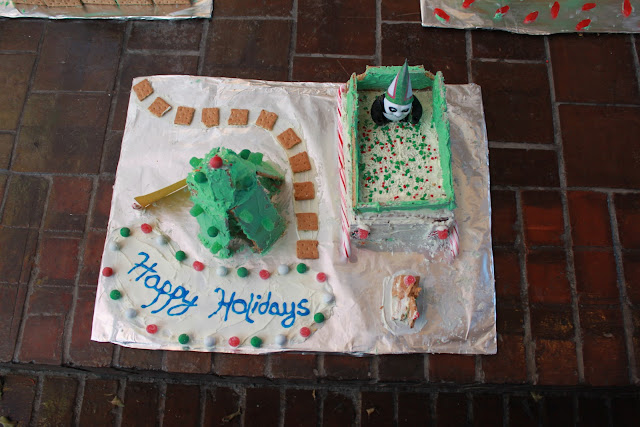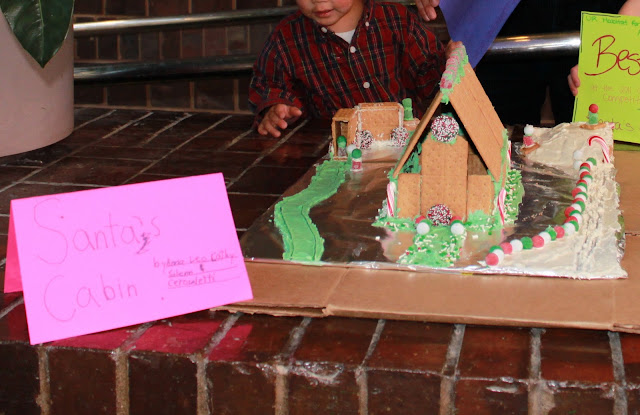HISTORY
The concept that grew into Habitat for Humanity International was born at Koinonia Farm, a small, interracial, Christian farming community founded in 1942 outside of Americus, GA by farmer and biblical scholar Clarence Jordan. The Fullers first visited Koinonia in 1965, having recently left a successful business in Montgomery, AL and all the trappings of an affluent lifestyle to begin a new life of Christian service. At Koinonia, Jordan and Fuller developed the concept of "partnership housing" where those in need of adequate shelter would work side by side with volunteers to build simple, decent houses. The houses would be built with no profit added and no interest charged. Building would be financed by a revolving Fund for Humanity. The fund's money would come from the new homeowners' house payments, donations, and no-interest loans provided by supporters and money earned by fundraising activities. The monies in the Fund for Humanity would be used to build more houses.
An open letter to the friends of Koinonia Farm told of the new future for Koinonia: What the poor need is not charity but capital, not caseworkers but co-workers. And what the rich need is a wise, honorable, and just way of divesting themselves of their overabundance. The Fund for Humanity will meet both of these needs. The Fullers' goal was to offer affordable yet adequate shelter to 2,000 people. After three years of hard work to launch a successful house-building program, the Fullers returned to the United States.
An open letter to the friends of Koinonia Farm told of the new future for Koinonia: What the poor need is not charity but capital, not caseworkers but co-workers. And what the rich need is a wise, honorable, and just way of divesting themselves of their overabundance. The Fund for Humanity will meet both of these needs. The Fullers' goal was to offer affordable yet adequate shelter to 2,000 people. After three years of hard work to launch a successful house-building program, the Fullers returned to the United States.
In September 1976 Millard and Linda called together a group of supporters to discuss the future of their dream. Habitat for Humanity International (HFHI) as an organization was born at this meeting. The eight years that followed, vividly described in Millard Fuller's book, Love in the Mortar Joints, proved that the vision of a housing ministry was feasible. Faith, hard work, and direction set HFHI on its successful course.
In 1984 former U.S. President Jimmy Carter and his wife Rosalynn took their first Habitat work trip, the Jimmy Carter Work Project, to New York City. Their personal involvement in Habitat's ministry brought the organization national visibility and sparked interest in Habitat's work across the nation. HFHI experienced a dramatic increase in the number of new affiliates around the country.
Through the work of Habitat, thousands of low-income families have found new hope in the form of affordable housing. Churches, community groups, and others have joined together to successfully tackle a significant social problem -- decent housing for all.
WHAT IS HABITAT FOR HUMANITY INTERNATIONAL?
Habitat for Humanity International is a nonprofit housing ministry. HFHI seeks to eliminate poverty housing and homelessness from the world, and to make decent shelter a matter of conscience and action. Habitat invites people from all walks of life to work together in partnership to help build houses with families in need. Habitat has built almost 80,000 houses around the world, providing some 400,000 people in more than 2,000 communities with safe, decent, affordable shelter. HFHI was founded in 1976 by Millard Fuller along with his wife Linda.
HOW DOES IT WORK?
Through volunteer labor and tax-deductible donations of money and materials, Habitat builds and rehabilitates simple, decent houses with the help of the homeowner (partner) families. Habitat houses are sold to partner families at no profit, financed with affordable, no-interest loans. The homeowners' monthly mortgage payments enter a revolving Fund for Humanity to build more houses. Habitat carries out its mission at the community level through independent, locally run groups called affiliates. Affiliates around the world raise the funds used to construct houses. Some affiliates in developing countries also receive funding grants from Habitat for Humanity International. All Habitat affiliates are asked to tithe -- to give 10 percent of their contributions to fund house building work in other nations. Habitat is not a give-away program. In addition to a down payment and the monthly mortgage payments, homeowners invest 500 hours of their own labor - "sweat equity" - into building their Habitat house and the houses of others.
WHAT DOES A HABITAT HOUSE COST?
Throughout the world, the cost of houses varies from as little as $700 in some developing countries to an average of $42,500 in the United States. Habitat houses are affordable for low income families because there is no profit included in the sale price and no interest charged on the mortgage. Mortgage length varies from 7 to 30 years.
HOW ARE THE PARTNER FAMILIES SELECTED?
Families in need of decent shelter apply to local Habitat affiliates. The affiliate's family selection committee chooses homeowners based on their level of need, their willingness to become partners in the program and their ability to repay the no-interest loan. Every affiliate follows a nondiscriminatory policy of family selection. Neither race nor religion is a factor in choosing the families who receive Habitat houses. If your family, or a family you know, is in need of decent, affordable housing, contact the Habitat affiliate nearest you. If you're not sure where a local Habitat affiliate might be, use our search engine to find the names and phone numbers of affiliates in your area, or contact the Habitat help line at (912)924-6935, ext. 2551 or 2552. Your local affiliate can give you information on the availability, size, costs and sweat equity requirements for Habitat houses in your area, as well as information on the application process.
HOW DOES HABITAT WORK WITH THE GOVERNMENT?
Habitat does not accept government funds for the construction of new houses or for the renovation or repair of existing houses. Habitat does accept government funds for the acquisition of land or houses in need of rehabilitation. Habitat also accepts government funds for streets, utilities, and administrative expenses, so long as the funds have no conditions that would violate Habitat's principles.
























